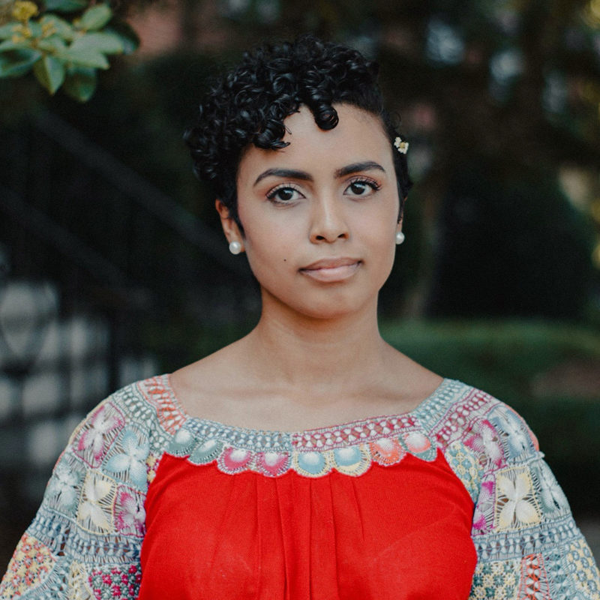August 2020 - Charis Jackson Barrios
Charis Jackson Barrios (Charis JB)
Story Artist and Political Cartoonist
Story Artist and Political Cartoonist
Charis JB is a 2nd generation immigrant raised in South Carolina after her mother and grandmother came over from Paraguay. She is a graduate of The Cooper Union, the 2018 recipient of the Locher Award for comics journalism, and an ongoing contributor for The Nib. Currently, she lives in LA looking to pursue storytelling within animation.
This month we are featuring Charis JB who is a storyboard artist! Thank you for joining us, Charis! Please, tell us about yourself and your journey into the world of animation.
Thank you for having me! I grew up in South Carolina where I attended a boarding school for the arts. So I was more or less living independently by age 16, much to my mother’s dismay who would never admit to being thrilled if I stayed home until I married. From there I moved to NYC to attend The Cooper Union where I graduated with a BFA focusing in animation. While a student, I worked at Frederator Studios which had Bee & Puppycat and Bravest Warriors in production at the time. For my senior year, I made a 5-minute animated film called Tula in the Sun about a Mesoamerican girl who befriends the ancient deity, Quetzalcoatl. Growing up, I didn’t know anyone within the Latin American community outside of my immediate family and so culturally there was a lot I didn’t learn. Making Tula was an opportunity for me to dive into the mythologies of Central and South America. It’s almost impossible to find a book about pre-colonial indigenous peoples of Paraguay’s region—believe me, I’ve looked—so making Tula was as close as I could get at that time towards exploring my own broader cultural histories.
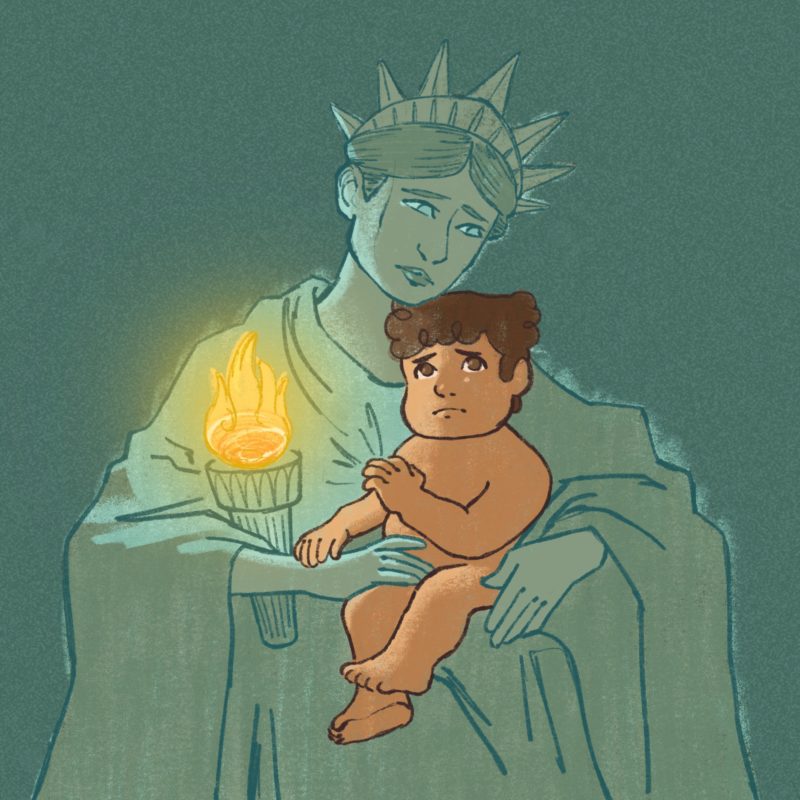
As a storyboard artist you are a storyteller, and to tell stories you probably draw from your own life experiences. What has influenced you to tell the stories you tell in your art today?
For me, I’m learning more and more how to draw from my identity as a Black Southern Latina who’s grown up in both Christian and LGBTQ communities. I know, it’s a lot. Being able to explore and share how all these facets work for me is an ongoing process, but I’ve always used storytelling as a means to do that.
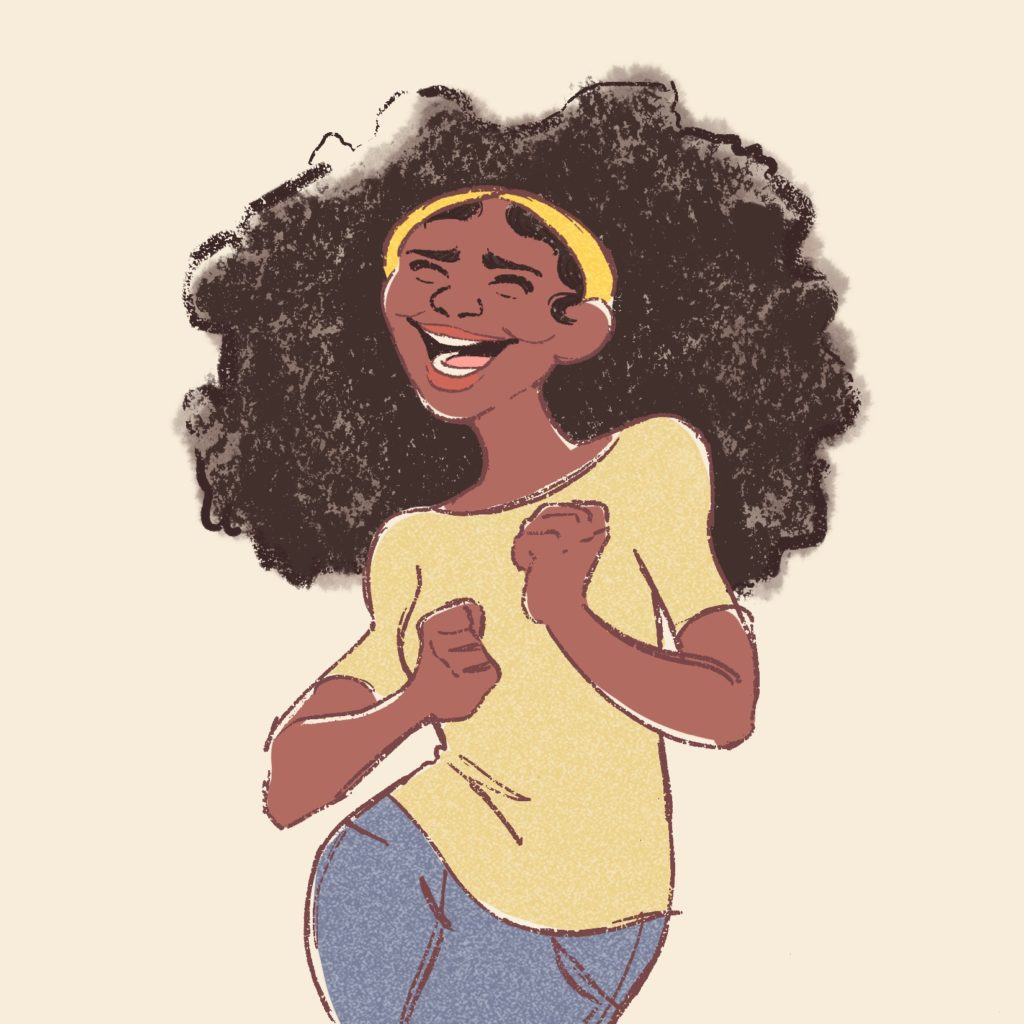
The animation industry can be tough to break into. What are some of your current struggles that you are experiencing and how are you approaching those challenges?
I moved out to LA just recently in November 2019, which was just enough time to visit the Hollywood sign before quarantine hit. With all the chaos of 2020, I see one silver lining being that veterans within animation and those looking to break in are all becoming more vocal about how the industry as a whole can be improved for everyone. The animation industry is one of the few within the entertainment landscape that hasn’t slowed down due to the pandemic, which gives me good faith that I can still break in before the year is out.
You’ve made a few illustrated infographics and comics over the years related to racial injustice and personal identity that people find relatable. Why do you think people resonate with your art, and what do you hope to accomplish through it?
I think the beautiful thing about art and sharing it with others is that it creates a space for each person to feel seen. Yes it can function as shareable, educational, and entertaining content; but usually I’m trying to convey my own humanity. And sometimes that’s drawing cute Black girls just for fun, too.

In recent times we are seeing a call to action for many animation studios to push their diversity and inclusion initiatives to hire more people of color to work on their shows. What are your thoughts on this, especially as a biracial POC artist?
I think much of it comes down to being more in tune with our learned unconscious bias, which we all have. Actively asking ourselves, how can this person’s specific knowledge and experience strengthen the team? How can this person’s unique perspective enrich our project? And then being open to what that person has to share. I know that I would want to hire someone as an asset to my team because of who they are, not in spite of it. I think part of that starts by reframing the question of what ‘diversity and inclusion’ really means when it comes to making good work as a team.
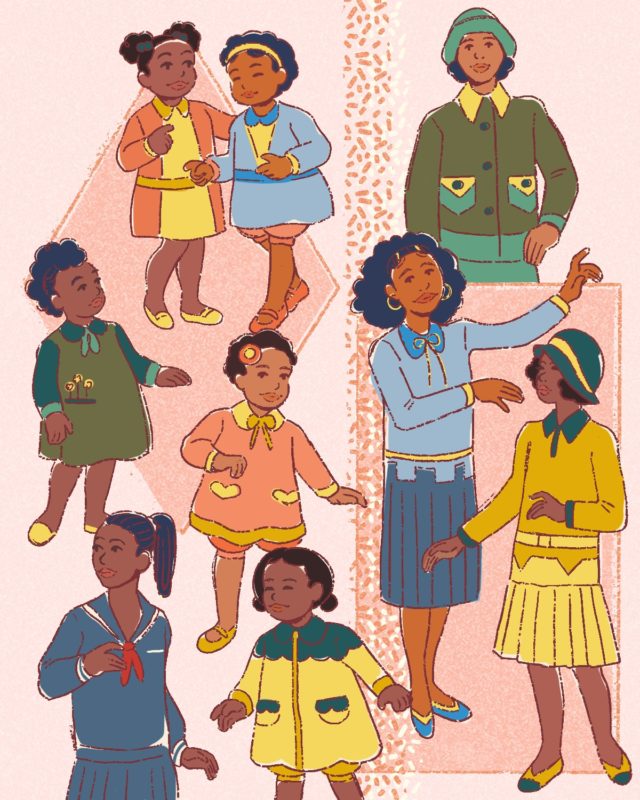
What advice do you want to share with aspiring storyboard artists or artists in general when it comes to getting your work out there, especially in these trying times?
For me, “networking” is somehow tricking my favorite artists into becoming my friends through social media. That’s a joke, but also kinda true. It’s continually making work and putting it out there while also being active and respectful within the community! Also tapping into resources like Women in Animation, Rise Up Animation, and of course LXiA that continue to connect newcomers with veterans. When it comes to this, I genuinely believe that there is more transparency now than ever before.
Where can we see your work and what is your ultimate goal?
My work is all on instagram @charisjb because I’m only savvy enough to keep up with one social media platform. My ultimate goal is to keep telling better stories and being able to share with more folks! Also becoming a director or showrunner wouldn’t hurt either.
Thank you for interviewing with us, Charis!
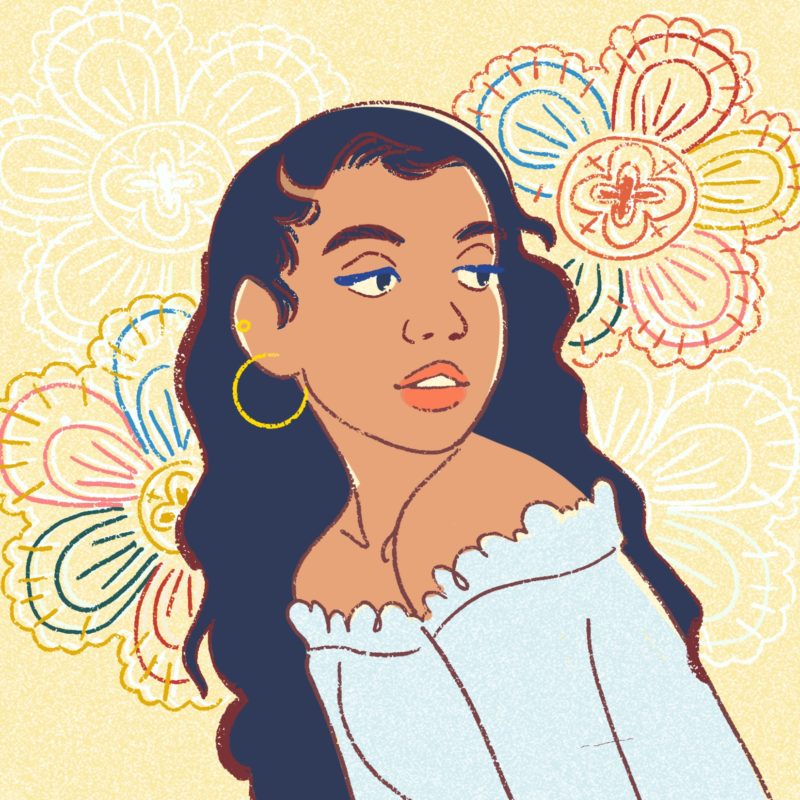
Follow Charis on social media!

